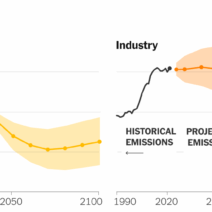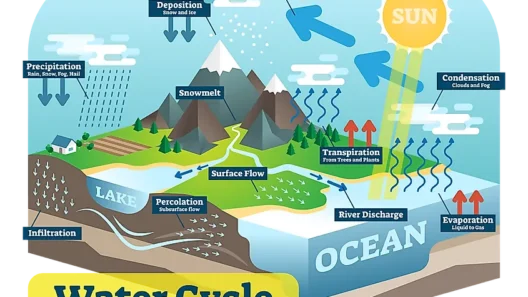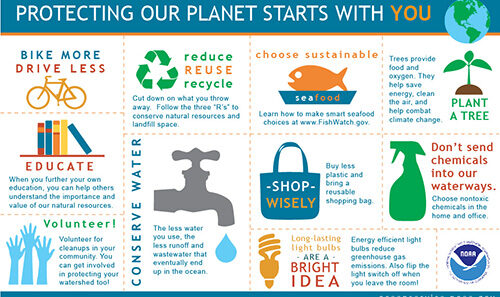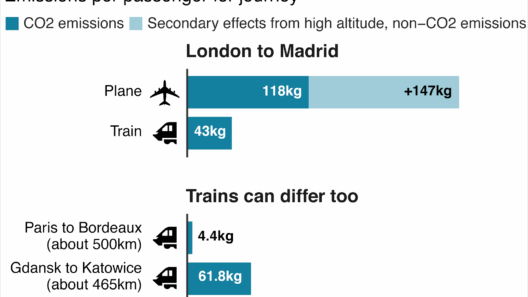Italy, renowned for its picturesque landscapes, mouthwatering cuisine, and world-class wines, often conjures images of sun-drenched vineyards and idyllic olive groves basking in the golden rays of the Mediterranean sun. However, reducing this multifaceted nation to mere sunshine and wine belies the complexity and diversity of its climate and ecological tapestry. To truly appreciate what Italy has to offer, we must delve deeper into its climatic conditions, geographical variances, and how these elements intertwine with the culture and economy of the region.
At first glance, one might assume Italy’s climate is uniformly Mediterranean, characterized by hot, dry summers and mild, wet winters. While this is true for certain regions, the climate of Italy is, in fact, a kaleidoscope of microclimates, each with its own unique conditions and characteristics. The geographical expanse—from the snow-capped Alps in the north to the sun-kissed shores of Sicily in the south—creates an astonishing variety in temperatures and precipitation levels.
In northern Italy, the climate is predominantly continental, marked by significant temperature fluctuations between seasons. The Po Valley, for instance, experiences hot, humid summers and cold, foggy winters. The region is also subject to the occasional tempestuous weather brought by the Adriatic winds, which can dramatically affect local agriculture. This is where you might find the renowned Nebbiolo grape, the cornerstone of Barolo and Barbaresco wines, thriving in the unique conditions of its native Piedmont region. These grapes require a delicate balance of sunlight and temperature, highlighting that even within the broader Mediterranean classification, diversity reigns.
Conversely, as one traverses south to the Apennine Peninsula, the climate shifts to a more temperate Mediterranean atmosphere. Coastal areas benefit from moderating sea breezes, while the interior experiences a continental shift. This region thrives with Sangiovese grapes, essential for Tuscany’s celebrated Chianti wines. The rolling hills of Tuscany, often romanticized in artistic portrayals, are shaped not only by human hands but also by the unique climatic conditions that nurture and sustain the land’s agricultural bounty.
Italy’s insular regions, such as Sicily and Sardinia, also boast rich climatic variations. The Mediterranean climate dominates here, typified by warm summers and mild winters; however, volcanic activity from Mount Etna significantly influences the local terroir. Erupted ash enriches the soil, enabling the cultivation of distinctive varietals such as Nero d’Avola and Grillo. Such disparities demonstrate that climate can also serve as a catalyst for creating unique agricultural products that cannot be replicated elsewhere.
Moreover, precipitation levels across Italy are inconsistent, creating areas of both lush greenery and arid landscapes. The north typically experiences abundant rainfall, particularly in autumn and spring, while the south grapples with drought conditions during the scorching summer months. This variability impacts not only the agricultural output but also local ecosystems and biodiversity. Flora and fauna adapt vibrantly to these changes, leading to regions where specific species flourish. For instance, the wetlands in the Po Delta serve as a crucial habitat for migratory birds, illustrating the vital ecological network fostered by climatic variations.
Climate change has begun to cast a new shadow over Italy’s vine-covered hills and olive-laiden groves. Rising temperatures and altered precipitation patterns threaten the delicate balance that sustains Italy’s rich agricultural heritage. Farmers are increasingly confronting challenges such as earlier harvests due to warmer springs and unpredictable weather patterns causing crop failures. Wine producers, ever reliant on consistency, are now adapting to these new realities by exploring different grape varieties better suited to changing conditions. This adaptability speaks to an inherent respect for tradition while acknowledging the pressing need for innovation.
The sociocultural ramifications of climate are also profound. Italians have long embraced their connection to the earth, cultivating a profound appreciation for its rhythms and cycles. The seasonal changes dictate not just agricultural practices but also cultural celebrations and culinary traditions. The harvest festivals that punctuate the autumnal landscape serve as a reminder of the intimate relationship between nature and national identity. Italy’s climate does not merely shape its economy—it interweaves with its soul.
The juxtaposition between idyllic images of Italy’s sun-drenched vineyards and the stark realities of its climatic complexities evokes a compelling narrative. It beckons travelers and enthusiasts alike to reconsider their perceptions. Italy is much more than a postcard-perfect landscape; it is a living testament to the intricate interplay between climate, culture, and conservation. As global temperatures rise and the world shifts, Italy stands as a poignant reminder of both the fragility of natural ecosystems and the resilience of culture.
Ultimately, to fully appreciate the essence of Italy requires a shift in perspective—one that recognizes the nuances of its climate and the tenacity of its people. The enchanting allure of Italy lies not solely in its wines or sunlit views but in the vibrant tapestry woven by diverse climates, rich histories, and evolving landscapes.
In conclusion, Italy’s climate is not simply a backdrop for its famed vineyards; it is an ever-changing force that shapes the very character of the nation. From the snowy peaks of the Alps to the rugged Sicilian coastlines, the interplay of geography and climate creates an environment steeped in diversity, resilience, and cultural richness. As the world grapples with climatic change, Italy stands as both a beacon of tradition and a challenge for innovation—an intrigue waiting to be explored.






